#king louis vii
Text
Historical figures should try being named something other than Louis. Especially the french ones. It's very rude of them to confuse us by all having the same name like that
#king louis I#king louis II#king louis III#king louis IV#king louis V#king louis VI#king louis VII#king louis VIII#king louis IX#king louis x#king louis xi#king louis xii#king louis xiii#king louis xiv#king louis xv#king louis xvi#king louis xvii#king louis xviii#louis philippe#louis philippe ii#louis napoleon#louis kosuff#all the gooddamn louis tagged for demonstrative purposes#there are more though
10 notes
·
View notes
Text
I just saw someone lowkey praise louis vii in his younger years this is too funny
#he burned down a church and alienated his vassals so badly he had to go on crusade as a king to rebuild his reputation#and he also fumbled the bag w eleanor so badly#while I do understand praising him in later years praising him when he was younger?? you’re tripping#louis vii#king louis vii#medieval history
0 notes
Text
A central element of the myth of [Eleanor of Aquitaine] is that of her exceptionalism. Historians and Eleanor biographers have tended to take literally Richard of Devizes’s conventional panegyric of her as ‘an incomparable woman’ [and] a woman out of her time. […] Amazement at Eleanor’s power and independence is born from a presentism that assumes generally that the Middle Ages were a backward age, and specifically that medieval women were all downtrodden and marginalized. Eleanor’s career can, from such a perspective, only be explained by assuming that she was an exception who rose by sheer force of personality above the restrictions placed upon twelfth-century women.
-Michael R. Evans, Inventing Eleanor: The Medieval and Post-Medieval Image of Eleanor of Aquitaine
"...The idea of Eleanor’s exceptionalism rests on an assumption that women of her age were powerless. On the contrary, in Western Europe before the twelfth century there were ‘no really effective barriers to the capacity of women to exercise power; they appear as military leaders, judges, castellans, controllers of property’. […] In an important article published in 1992, Jane Martindale sought to locate Eleanor in context, stripping away much of the conjecture that had grown up around her, and returning to primary sources, including her charters. Martindale also demonstrated how Eleanor was not out of the ordinary for a twelfth-century queen either in the extent of her power or in the criticisms levelled against her.
If we look at Eleanor’s predecessors as Anglo-Norman queens of England, we find many examples of women wielding political power. Matilda of Flanders (wife of William the Conqueror) acted as regent in Normandy during his frequent absences in England following the Conquest, and [the first wife of Henry I, Matilda of Scotland, played some role in governing England during her husband's absences], while during the civil war of Stephen’s reign Matilda of Boulogne led the fight for a time on behalf of her royal husband, who had been captured by the forces of the empress. And if we wish to seek a rebel woman, we need look no further than Juliana, illegitimate daughter of Henry I, who attempted to assassinate him with a crossbow, or Adèle of Champagne, the third wife of Louis VII, who ‘[a]t the moment when Henry II held Eleanor of Aquitaine in jail for her revolt … led a revolt with her brothers against her son, Philip II'.
Eleanor is, therefore, less the exception than the rule – albeit an extreme example of that rule. This can be illustrated by comparing her with a twelfth century woman who has attracted less literary and historical attention. Adela of Blois died in 1137, the year of Eleanor’s marriage to Louis VII. […] The chronicle and charter evidence reveals Adela to have ‘legitimately exercised the powers of comital lordship’ in the domains of Blois-Champagne, both in consort with her husband and alone during his absence on crusade and after his death. […] There was, however, nothing atypical about the nature of Adela’s power. In the words of her biographer Kimberley LoPrete, ‘while the extent of Adela’s powers and the political impact of her actions were exceptional for a woman of her day (and indeed for most men), the sources of her powers and the activities she engaged in were not fundamentally different from those of other women of lordly rank’. These words could equally apply to Eleanor; the extent of her power, as heiress to the richest lordship in France, wife of two kings and mother of two or three more, was remarkable, but the nature of her power was not exceptional. Other noble or royal women governed, arranged marriages and alliances, and were patrons of the church. Eleanor represents one end of a continuum, not an isolated outlier."
#It had to be said!#eleanor of aquitaine#historicwomendaily#angevins#my post#12th century#gender tag#adela of blois#I think Eleanor's prominent role as dowager queen during her sons' reigns may have contributed to her image of exceptionalism#Especially since she ended up overshadowing both her sons' wives (Berengaria of Navarre and Isabella of Angouleme)#But once again if we examine Eleanor in the context of her predecessors and contemporaries there was nothing exceptional about her role#Anglo-Saxon consorts before the Norman Conquest (Eadgifu; Aelfthryth; Emma of Normandy) were very prominent during their sons' reigns#Post-Norman queens were initially never kings' mothers because of the circumstances (Matilda of Flanders; Edith-Matilda; and#Matilda of Boulogne all predeceased their husbands; Adeliza of Louvain never had any royal children)#But Eleanor's mother-in-law Empress Matilda was very powerful and acted as regent of Normandy during Henry I's reign#Which was a particularly important precedent because Matilda's son - like Eleanor's sons after him - was an *adult* when he became King.#and in France Louis VII's mother Adelaide of Maurienne was certainly very powerful and prominent during Eleanor's own queenship#Eleanor's daughter Joan's mother-in-law Margaret of Navarre had also been a very powerful regent of Sicily#(etc etc)#So yeah - in itself I don't think Eleanor's central role during her own sons' reigns is particularly surprising or 'exceptional'#Its impact may have been but her role in itself was more or less the norm
356 notes
·
View notes
Text

All the blossoms in my garden 🪴
An Angevin-Plantagenets family tree I made for my medieval art collection zine, “If All The World Were Mine!” The physical edition is now available, so check it out if you can :D
#the plantagenets#plantagenets#medieval#12th century#geoffrey of anjou#geoffrey plantagenet#Matilda of england#matilda lady of the english#henry ii of england#eleanor of aquitaine#henry the young king#matilda duchess of saxony#richard the lionheart#geoffrey duke of brittany#eleanor of castile#joanna of sicily#john lackland#john i of england#richard i of england#louis vii of france#philip ii of france#philip augustus#whew thats a lotta names#melusine#my art#family tree
22 notes
·
View notes
Text
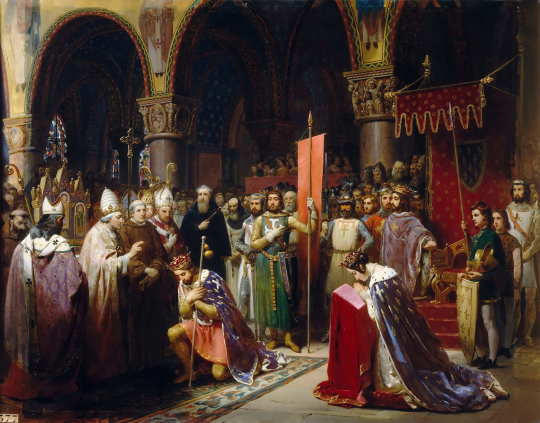
Jean-Baptiste Mauzaisse (French, 1784-1844)
Louis VII Takes the Standard at Saint-Denis, 1840
Chateau de Versailles
#Jean-Baptiste Mauzaisse#french art#french#france#louis vii takes the standard at saint-denis#1800s#art#fine art#european art#classical art#europe#european#oil painting#fine arts#europa#mediterranean#queen#king#french royals#royals#royal#christentum#christian#western civilization
103 notes
·
View notes
Text
Happy Father's Day!!! 💙
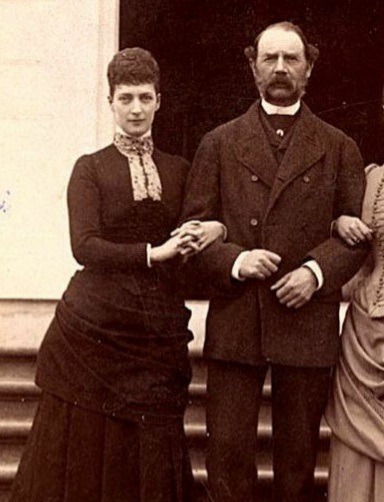
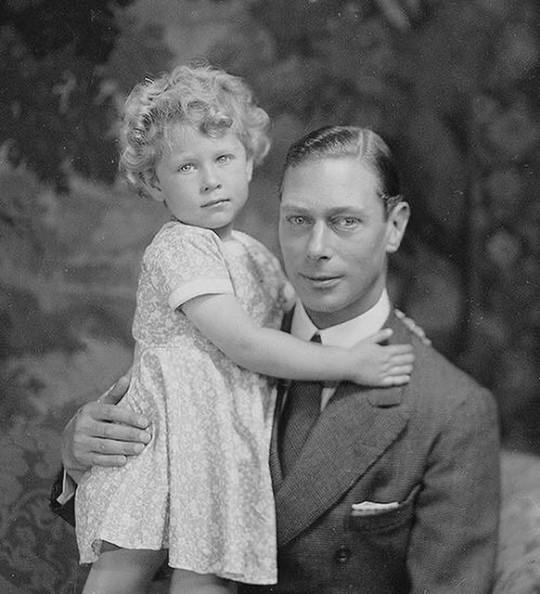
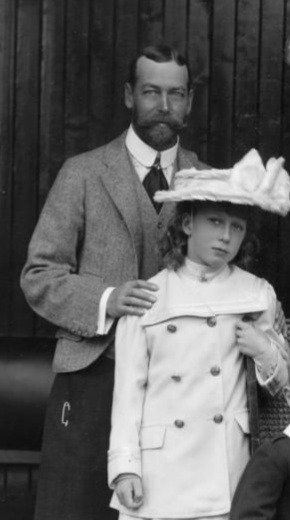

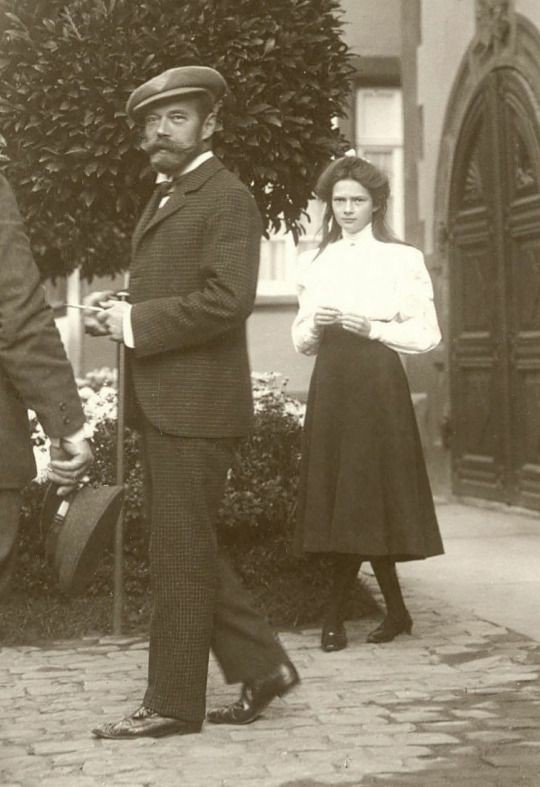
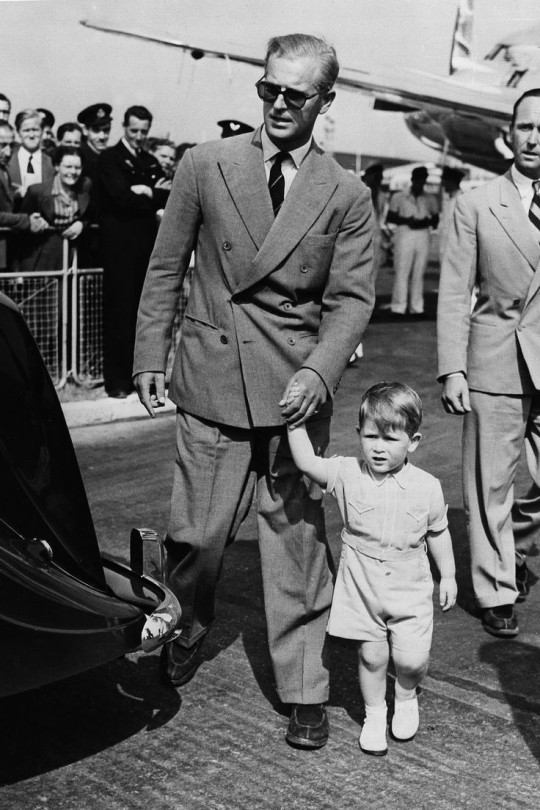

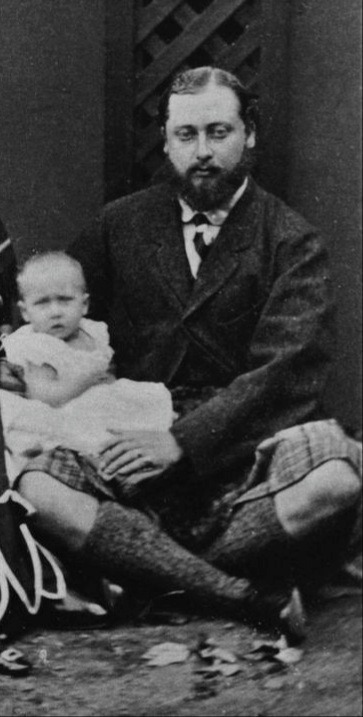
Christian & Alexandra, Albert & Elizabeth, George & Mary, Sasha & Olga, Nicholas & Tatiana, Philip & Charles, Ernest Louis & Elisabeth, and Edward & Louise.
#queen alexandra#alexandra of denmark#king christian ix of denmark#queen elizabeth ii#elizabeth windsor#king george vi#king george v#princess mary#mary princess royal#tsar alexander iii#grand duchess olga alexandrovna#tsar nicholas ii#grand duchess tatiana nikolaevna#prince philip#duke of edinburgh#king charles iii#grand duke ernest louis of hesse#ernest louis#princess elisabeth of hesse#king edward vii#princess louise duchess of fife#louise princess royal#father's day
35 notes
·
View notes
Text
Capétiens vs Plantagenêts: a matter of suzerainty.
It was also his position as suzerain which gave Louis VII the chance of interfering in and inflaming the quarrels which raged in the Angevin family. This was an effective means of weakening his great antagonist. Henry II and Eleanor produced a large family, and reared four of their sons to the age at which custom demanded that they should be provided for. Their eldest son Henry was granted Normandy in October 1160 and was associated with his father on the throne of England in 1170. Richard was given Aquitaine in 1169 and Geoffrey Brittany in 1175. John, the youngest child of Henry and Eleanor, was not old enough to be entrusted with any estates until the very last years of his father's reign, and by the time he came of age all the available lands had been given away. As Duke of Normandy, Duke of Aquitaine, Count of Poitiers, the sons of Henry II came to perform homage to the King of France and became his men. It was in vain that Henry II sought to utilise the Norman procedure of pariage to maintain the unity of his continental territories in favour of his eldest son, the "Young King" Henry. (Under pariage the eldest son succeeded to all the heritable property and was alone answerable for it to the suzerain; each of his brothers received a share, but held it of him). This device could not be put into full operation in Aquitaine, which was not part of Henry's heritage but Eleanor's. And when she granted it to Richard, he owed homage not to his father or his eldest brother, but to the King of France. The Young King Henry had done homage as Duke of Normandy to Louis VII in October 1160. When he repeated his homage in 1170 it was made to embrace Anjou, Maine, and Brittany as well. At the same time Richard did homage to Louis for Aquitaine.
It is true that in 1174 Henry II compelled his sons to perform homage to him after their rebellion, but this new homage did not necessarily annul their homages to the King of France. Henry II himself had done homage to Louis VII in 1151 and again in 1169, and was to perform it yet again to Louis's successor, Philip Augustus, in 1180. Thus throughout the conflict between Louis VII and Henry II the French king's suzerainty was affirmed and recognised. This did not save Louis from defeats at his vassal's hands. Nevertheless, to judge from the Toulouse affair in 1159, Louis' suzerainty occasionally cramped Henry's style, and put him in the wrong in the eyes of contemporaries, including the barons of his continental fiefs. To play the rebel vassal was hardly prudent for a king when many of his own vassals were rebelliously inclined. It was not that the idea of rebellion itself shocked feudal society. On the contrary, it was one of the legitimate courses open to a vassal needing to safeguard his rights against the encroachments of his suzerain. But in the disputes between Louis VII and Henry II, Henry was the law-breaker as well as the vassal in revolt. For his rebelliousness against an impeccable suzerain there could be no justification.
It may be objected that Louis VII was constantly intriguing with Eleanor of Aquitaine and with Henry II's sons. But after all Eleanor, as Duchess of Aquitaine, was herself a royal vassal. Two of Henry's sons had done homage to Louis. Another, Geoffrey, by dint of his father's vassalage, was the French king's rear-vassal. And the king had, as suzerain, not merely the right but the duty to concern himself with the welfare and harmony of his great vassal's family, to ensure that a proper settlement was made on the sons. It would be unfair to accuse Louis of hypocrisy; nor did Henry ever complain that the French king was making trouble in his family. Louis' own grievances against Henry were many and varied, and Henry never made a serious effort to deny their validity.
Thus from 1154 to 1180 Henry II had the appearance of a vassal engaged in unjustifiable revolt against his suzerain. This line of conduct undermined his own position. It constantly reminded the baronage of the Angevin fiefs that the King of France was Henry's suzerain- if only because his suzerainty was so often invoked. And it helped to prevent the fusion of the individual elements of the Angevin empire on the continent. Provincial separation, already too strong for Angevin rule to subdue, was reinforced.
Robert Fawtier- The Capetian Kings of France
#xii#robert fawtier#the capetian kings of france#louis vii#henry ii of england#aliénor d'aquitaine#henry the young king#richard the lionheart#geoffrey plantagenêt#john lackland#jean sans terre
9 notes
·
View notes
Text
One thing that I find hilarious about old time noble Western Europe inheritance laws is that you often could not personally choose or disinherit your designated heir. Most other cultures I have studied had a way of favoriting the child of your choice. But not Western Europe.
If you are a Western European noble you can abuse your power and struggle with the papacy to choose the bishops of your land yourself.
But if you don’t like your son, you are royally fucked!
#history#charles vii through gritted teeth ‘my son and heir the Dauphin Louis’#henry ii taking one look at his sons and nearly crying#every time Philippe le Bel goes ‘shut up Louis’ in the accursed kings#you can’t even have them killed because kinslaying is prohibited!!!#the drama
10 notes
·
View notes
Text
The Formation of the Valois Burgundian Empire - Philip the Good
Part Three in a four-part series on the formation of the Valois Burgundian Empire - Philip the Good
Philip the Good, Duke of Burgundy
Philip the Good, third Valois Duke of Burgundy, was born to Margaret of Bavaria on July 31, 1396, at Dijon. He married Michelle de Valois, daughter of King Charles VI of France in 1409. The assassination of his father in 1419 left him devastated but after sufficient mourning, he went to work expanding his territories through purchase and diplomacy, marriages,…
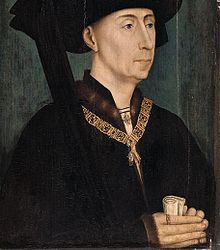
View On WordPress
#Burgundian empire#Charles VII#Duke of Burgundy#French history#Henry V#Henry VI#John Duke of Bedford#King of England#King of France#Louis XI#medieval history#Philip the Good#Valois dynasty
4 notes
·
View notes
Text
History Repeats Itself Part 2 -
History Repeats Itself Part 2 –
The death of Queen Elizabeth II on 8 September 2022 brings to a close the longest reign in British history. She is succeeded by her son Charles, who at 73 years of age has already beaten the record previously set by William IV (who succeeded his brother George IV in 1830 at the age of 65) as the oldest person to ascend the throne.
Having read reams of commentary and watched countless footage…

View On WordPress
#19th century British History#20th century British History#British Royal Family#King Charles III#King Edward VII#King Leopold I of the Belgians#Lord Louis Mountbatten#Prince of Wales#Queen Alexandra#Queen Elizabeth II#Queen Victoria
1 note
·
View note
Text
Masterlist
Fluff
King Baldwin IV reaction to drunk reader
King Baldwin IV reaction to reader being injured by her brother in law
Waking up early morning with Baldwin
Baldwin and Salah ad Din's daughter
Baldwin teaching his son chess and reader admiring them slight angst
Reader being married to Baldwin since childhood sharing kiss after Battle of Montgisard
Reader being blackmailed to leave Baldwin
Baldwin celebrating Christmas with reader and his in-laws in modern world
Jealous Baldwin reaction to reader wearing bikini
Baldwin comforting wife!reader after difficult birth
King Baldwin IV x Reader : Tantalizing Love slight angst
Reader teaches Baldwin to cook whilst she is pregnant
Baldwin taking care of pregnant wife reader
King Baldwin IV proposes female reader
Headcanon
Being queen consort of Jerusalem
King Baldwin IV as lover, husband and father
King Baldwin IV being angry at reader
Angst
King Baldwin IV being unfaithful to reader Alternate ending 1 Alternate ending 2
King Baldwin IV has to annul his marriage with reader
Lost Cause
Baldwin choosing between woman and he loves and woman he has to marry
Baldwin reaction to wife!reader trying to cure him
Smut
King Baldwin IV x Reader: Throne Sex
King Baldwin IV x Reader : Misogyny Sex
King Baldwin IV x Reader : Period Sex
King Baldwin IV x Reader: Erotic Night
King Baldwin IV seducing shy physician reader
King Baldwin IV spending honeymoon night with reader
Reader asking Baldwin help for her lactating breasts
Baldwin and chubby wife!reader trying annal sex
Baldwin and Salahuddin
King Baldwin IV x Reader x Saladin Part 1 Part 2 smut
Widowed reader marries Salahuddin angst
Salahuddin
Reader spoils him and loves being near him
Horror
Spectral Descent
History
A letter from King Baldwin IV and Princess Sibylla of Jerusalem Source: https://epistolae.ctl.columbia.edu/letter/25233.html
King Baldwin IV of Jerusalem appearance-STUDY by MariaExe on DeviantArt.com Artist- MariaExe on DeviantArt
King Baldwin IV appearance based on historical painting Part 1 Part 2
A letter From King Baldwin IV of Jerusalem to King Louis VII of France Source: Bernhard Hamilton -The Leper King and his heirs
LETTER FROM KING BALDWIN IV TO THE ENVOYS WITH NEWS OF SALADIN RAVAGES NABLUS, SEBASTE, AND OTHER TOWNS
Source:https://goodshksk.space/product_details/13546547.html
A Letter of Condolence to King Baldwin IV from Saladin Source: https://advocatetanmoy.com/2023/10/14/saladins-condolence-letter-to-king-baldwin-iv-of-jerusalem/
Seal of King Baldwin IV of Jerusalem Source:https://numismatics.org/collection/1956.152.1
Medieval Heroes: Baldwin IV
Miscellaneous
Would Baldwin be attracted to chubby and short person
Would Baldwin be unfaithful historically
Salahuddin: The conqueror of Jerusalem series King Baldwin IV
Would Baldwin be obsessive or possessive
Would Baldwin be impotent and would he be able to have sexual relationship
Can Baldwin be able to have sexual relationship: Revised Version
Blurbs
NSFW thoughts
As Life Fades Sibylla remembers Baldwin IV
#kingdom of heaven#kingdom of heaven 2005#kingdom of heaven fandom#kingdom of heaven fanfic#kingdom of heaven fanfiction#kingdom of heaven headcanons#baldwin iv#baldwin iv imagine#baldwin iv x reader#king baldwin iv
318 notes
·
View notes
Text










HAPPY 42ND BIRTHDAY TO HRH THE PRINCE OF WALES, WILLIAM ARTHUR PHILIP LOUIS ♡
On 21 June 1982, Prince William was born to Diana and Charles, then known as Prince and Princess of Wales in St Mary's Hospital, London, at at 21:03 BST. He was born during the reign of his paternal grandmother Elizabeth II and was the first child born to a Prince and Princess of Wales since Prince John's birth in July 1905.
The little prince's name was announced on 28 June as William Arthur Philip Louis. Wills was christened in the Music Room of Buckingham Palace by the then Archbishop of Canterbury, Robert Runcie, on 4 August.
William studied at Jane Mynors' nursery school and Wetherby School in London before joining Ludgrove. He was subsequently admitted to Eton College, studying geography, biology, and history at the A-level.
The Prince undertook a gap year taking part in British Army training exercises in Belize, working on English dairy farms, and as part of the Raleigh International programme in southern Chile, William worked for ten weeks on local construction projects and taught English.
In 2001, William enrolled at the University of St Andrews, initially to study Art History but then changed his field of study to Geography with the support of the love of his life Catherine Elizabeth Middleton who he met while at school.
Will and Cat fell in love during their time at uni, and married at Westminster Abbey on 29 April 2011. The couple have three adorable cupcakes Prince George (b.2013), Princess Charlotte (b.2015) and Prince Louis (b.2018). The family of five divide time between their official residence, Kensington Palace and their two private residences - Amner Hall & Adelaide Cottage.
After university, William trained at the Royal Military Academy Sandhurst. In 2008, he graduated from the Royal Air Force College Cranwell and joined the RAF Search and Rescue Force in early 2009. He transferred to RAF Valley, Anglesey, to receive training on the Sea King search and rescue helicopter, which made him the first member of the British royal family since Henry VII to live in Wales.
During his active career as a Search and Rescue Pilot, William conducted 156 search and rescue operations, which resulted in 149 people being rescued. He then served as a full-time pilot with the East Anglian Air Ambulance starting in July 2015, donating his full salary to the EAAA charity.
Working with all branches of the military, he holds the ranks of Lieutenant Colonel in the Army, Commander in the Navy and Wing Commander in the Air-Force
Upon their wedding, WillCat became HRH The Duke and Duchess of Cambridge, The Earl and Countess of Strathearn and Baron and Lady Carrickfergus. He became the heir apparent on 8 September 2022, receiving the titles of the Duke of Cornwall & The Duke of Rothesay. William & Catherine were made The Prince and Princess of Wales by Kimg Charles on 9 September 2022. Additionally, William also became the Prince & High Steward of Scotland, Earl of Chester, Earl of Carrick, Lord of the Isles, and Baron Renfrew.
As well as undertaking royal duties in support of The King, both in the UK and overseas, The Prince devotes his time supporting a number of charitable causes and organisations with some of his key areas of interest being Mental health, Conservation, Homelessness, Sports and Emergency Workers.
He has undertaken several overseas trips representing the monarch, covering a wide array of countries like Australia, Canada, Namibia, Malaysia, South Africa, Tanzania, Pakistan Italy, Jordan, Kuwait, France, India, The Bahamas, Belize, Afghanistan etc ; He is also is also a founder of various initiatives like United For Wildlife, Heads Together, Earthshot and Homewards.
#happy birthday william ❤️#william's 42nd birthday#prince of wales#the prince of wales#prince william#william wales.#william prince of wales#british royal family#british royals#royals#royalty#brf#royal#british royalty#catherine middleton#kate middleton#duchess of cambridge#2024 wales birthdays#prince george#princess charlotte#prince louis#royaltyedit#royalty gifs#royalty edit#royaltygifs#my gifs#21062024
166 notes
·
View notes
Text














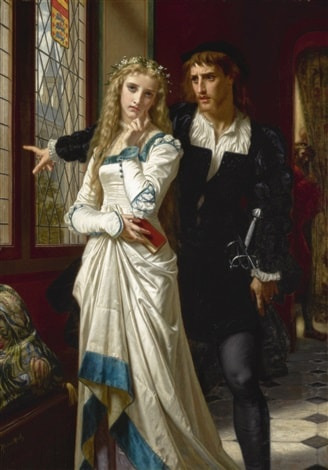


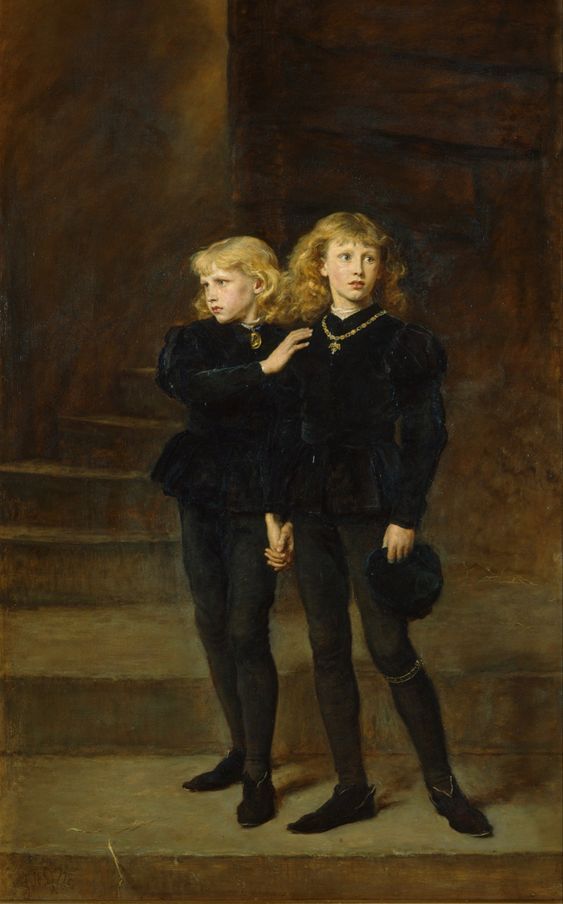

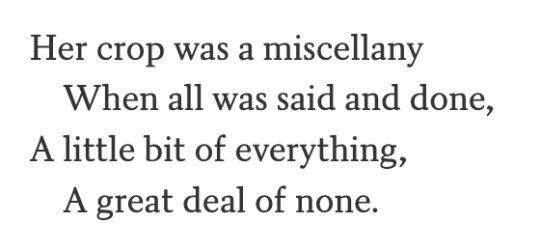

Jaime + daughters
Jaime II, ASOS / Neil Hilborn, For Henry, Who Has Just Died / Charles Edward Hallé, The two paths / Jaime V, ASOS / Richard Wilbur, The Writer / Louis Émile Adan, Elegant ladies at rest beside a pond / Silas Denver Melvin, love as an act of merciful conquer / Frederick Leighton, The Reconciliation of the Montages and Capulets over the Dead Bodies of Romeo and Juliet / Jaime I, ADWD / Richard Siken, The Torn-up Road / Eleanor Fortescue-Brickdale, Idylls of the King / Jaime VII, AFFC / Eavan Boland, Daughters in Poetry / Hugues Merle, Hamlet and Ophelia / Sansa VI, ACOK / Sharon Olds, Ode of Girls’ Things / John Everett Millais, The Princes in the Tower / Robert Frost, A Girl’s Garden / Adolph Menzel, Blind Man's Bluff
#asoiaf#jaime lannister#valyrianscrolls#web weaving#I don’t care the one child of his he actually interacts with in the books is tommen Jaime Lannister has girldad energy
61 notes
·
View notes
Text


Some Dieudonnés
Putting these 2 illustrations next to each other, since I liked the style I used for this! Finally got better at drawing veils and patterns which is nice
#philip augustus#philip ii of france#louis vii of france#adela of champagne#adele de champagne#henry the young king#philip of alsace#philip count of flanders#isabella of hainault#isabelle de hainaut#12th century#medieval#historical illustration#french history#my art#best worst annoying boy#merovingian swag
45 notes
·
View notes
Text
i learned that King Edward VII had a special chair made for... Well, for his free time.
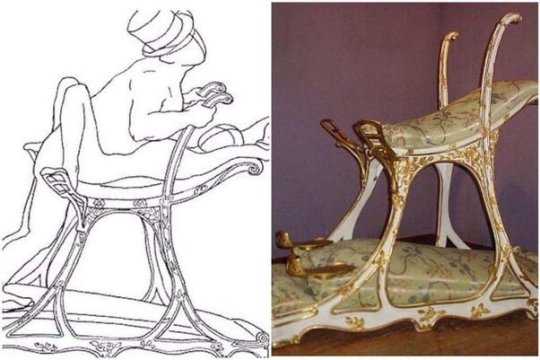
When Edward VII was still a young prince devoid of any responsibility for the crown, he travelled far from the British capital in search of leisure and pleasure. On one of his visits to Paris, he approached Le Chabanais, one of the best-known brothels in Paris. It was located relatively close to the Louvre Museum.
Edward VII was assigned his own room whenever he frequented the brothel. The prince's main problem was his overweight. To overcome the physical impediment, the cabinetmaker Louis Soubrier made what he called "the chair of love".
The chair was made in such a way that the future king could act without getting too tired. Also, the shape of the chair suggests that it was made so that the man could lie with two women at once.
267 notes
·
View notes
